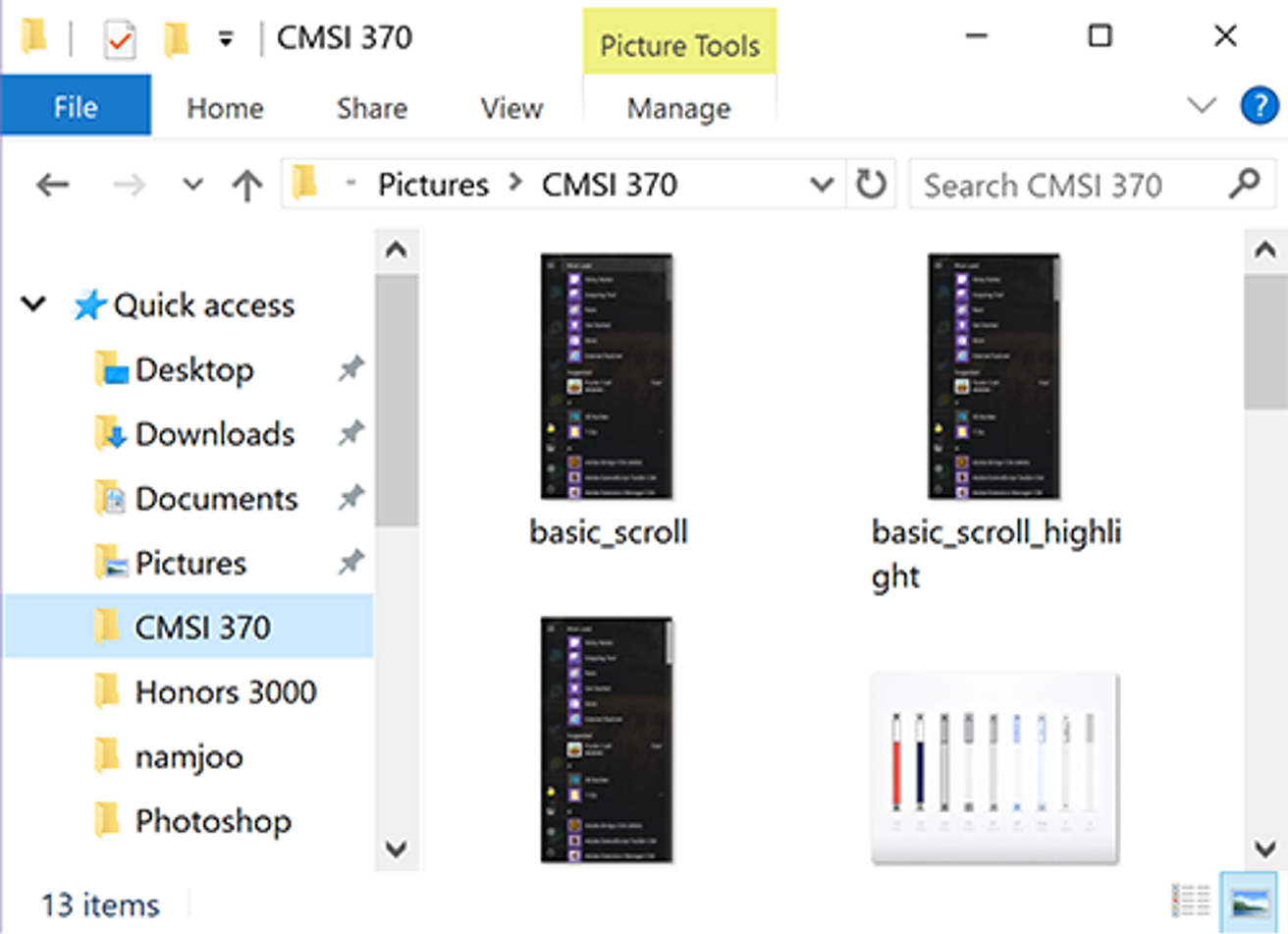


While the window scrolling behavior with Caret navigation disabled (the default) is similar to that suggested for Scroll Lock, enabling Caret navigation will enable a cursor scrolling behavior as if Scroll Lock were disabled. Some web browsers including Google Chrome, Firefox, and Internet Explorer support a Caret browsing mode which can be toggled by F7. Most GUI environments neglect Scroll Lock, which means scrolling must be accomplished with a mouse, using means such as scrollbars or scroll wheels, or an "autoscroll" feature activated by the middle mouse button (which may be part of the scroll wheel). Some text editors (such as Notepad++, Microsoft Visual Studio) exhibit similar behavior when the arrow keys are used with Ctrl pressed. Modern programs honoring this behavior include IBM Lotus Notes, Forté Agent, Image-Line FL Studio, Renoise, Microsoft Excel, Microsoft Project, LibreOffice Calc, and occasionally Microsoft Word.

Today, this particular use of Scroll Lock is rare. In this usage, Scroll Lock is a toggling lock key like Num Lock or Caps Lock, which have a state that persists after the key is released. When the Scroll Lock mode was on, the arrow keys would scroll the contents of a text window instead of moving the cursor.

In the original design, Scroll Lock was intended to modify the behavior of the arrow keys. The Scroll Lock key was meant to lock all scrolling techniques, and is a vestige of the original IBM PC keyboard. Instead, they assigned the Pause function to Ctrl+ Num Lock and the Break function to Ctrl+ Scroll Lock.įunction Window scrolling This behavior is a remnant of the original IBM PC keyboards, which did not have a dedicated Pause/Break key. Pressing Ctrl+ Scroll Lock performs the same function as pressing Ctrl+ Pause/Break. The key is not frequently used, and therefore some reduced or specialized keyboards lack Scroll Lock altogether. Scroll Lock (⤓ or ⇳) is a lock key (typically with an associated status light) on most IBM-compatible computer keyboards.ĭepending on the operating system, it may be used for different purposes, and applications may assign functions to the key or change their behavior depending on its toggling state. The scroll-lock key with an activated indicator light on an IBM Model M keyboard.


 0 kommentar(er)
0 kommentar(er)
